In December of 2022, I completed my Master’s Degree in Transformative Social Change, with an emphasis on Peace and Justice. The following is the literature review from my master’s project that I feel covers so much information that “the church” misses when it comes to conversations around defining white supremacy, racism, and reparations. The first segment defines what “white supremacy” is, and the second segment goes deeper into what the Christian response should be in relation to addressing the impacts of white supremacy, how to fight against racism, and what reparations look like. My hope in sharing this is to provide resources and normalize conversations that followers of Christ should be at the forefront in. When I use the term “Christian”, I am referring to people who have chosen to live a life of justice, mercy, and love for mankind. This is the start of more conversations.
What is White Supremacy
Sociologist and scholar Andrea Gibbons (2018) defines white supremacy as a system that is not only global, but is systemic in its economics, culture, politics, and is instrumental in the fabric of how many organizations were created and how they operate. Francis Lee Ansley (1989) states:
“By “white supremacy” I do not mean to allude only to the self-conscious racism of white supremacist hate groups. I refer instead to a political, economic and cultural system in which whites overwhelmingly control power and material resources, conscious and unconscious ideas of white superiority and entitlement are widespread, and relations of white dominance and non-white subordination are daily reenacted across a broad array of institutions and social settings” (1024).
As renowned author Layla F. Saad (2020) writes, “White supremacy is far from fringe…it is the dominant paradigm that forms the foundations from which norms, rules, and law are created” (p. 13). White supremacy is systemic in nature and utilizes other created systems and ideologies to maintain its power (Davis et al., 2021).
Author Isabel Wilkerson (2020) makes the argument that white supremacy was and is the creation of a sort of “caste” system and utilizes race within that system: “Race, in the United States, is the visible agent of the unseen force of caste. Caste is the bones, race is the skin. Race is what we can see, the physical traits that have been given arbitrary meaning and become the shorthand for who a person is. Caste is the powerful infrastructure that holds each group in its place” (Wilkerson, p. 19).
White supremacy is not referring to the physical color of someone’s skin (Saad, 2020), but rather to “the historic and modern legislating, societal conditioning, and systemic institutionalizing of the construction of whiteness as inherently superior to people of other races” (Saad, p. 13).
The term race is not based on biology (Gibbons, 2018; Wilkerson, 2020), but rather was and is an ideology created and maintained for the purpose of control and dominance over land, resources and people groups (Gibbons, 2018; Taylor, 2016; Wilkerson, 2020). White supremacy partnered with systemic racism is all “about power and its abuse” (Davis, et al.,2021 p. 359). Activist and scholar Keeanga-Yamahtta Taylor (2016) notes that “racism, capitalism, and class rule have always been tangled together in such a way that it is impossible to imagine one without the other” (Taylor, p. 216).
White supremacy shows up in everyday social settings, in what is called “white space,” which is defined by scholars as “the normative operation of race and racism in geographical, physical, ideological, and cultural space” (Embrick & Moore, 2020, para. 5). Educational researcher David Gillborn (2006) points out that white supremacy is “seen to relate to the operation of forces that saturate the everyday, mundane actions and policies that shape the world in the interests of white people” (Gillborn, p. 320). This is why advocating for and strategizing for Black, Indigenous, People of Color (BIPOC) in places of leadership within organizations is so important (Carruthers, 2018). However, it is also important when advocating for BIPOC individuals to represent in different roles within organizations to not do so purely for the sake of tokenism (Gooding & Mehrotra, 2021).
Philosopher Charles Mills (2021) points out how in recent years, more white people are becoming awakened to the distinction of how white supremacy not only affects them as individuals, but also is a structure that they must play a part in dismantling:
“Especially in the aftermath of George Floyd’s killing…by the Minneapolis police, and the massive demonstrations of last summer, there is now far greater self-consciousness in the white American population about this issue. So that’s a welcome development, obviously. The danger is that many whites may think that their moral responsibility has been fulfilled by performing some minor discrete act, when in fact structural white domination can only be dismantled by a collective national effort for which organized white participation will be crucial” (p. 166).
The process of dismantling systems of white supremacy is possible, although it will require ongoing research, strategy, critical thought, dialogue, and activism (Adams, 2020; Davis et. al., 2021; Gibbons, 2018; Mills, 2021; Resane, 2021; Saad, 2020).
Theologian Kelebogile Resane (2021) explains one important early tactic in dismantling white supremacy is the power of dialogue among members representing different cultural backgrounds, stating that “avoiding dialogue on race contributes to racism” (Resane, p. 8). The power of dialogue among different experiences and perspectives is one of the keys in addressing the problem of racism (Resane, 2021). When dialogue doesn’t take place, ignorance continues to keep white supremacy maintaining its power (Gibbons, 2018). Although dialogue around racism can “include the outward display of emotions such as anger, fear and guilt, and behaviors such as argumentation, silence and leaving the stress inducing situation” (Resane, 2021, p. 2), this dialogue ultimately generates hope, as it is a necessary step for change to take place, especially when partnered with research, strategy, and activism (Adams, 2020; Davis et. al, 2021; Gibbons, 2018; Mills, 2021; Resane, 2021; Saad, 2020). In fact, some organizations are finding that dismantling institutional systemic racism is possible, especially when there is focused, collaborative effort with consultants who help that organization facilitate systemic change (Patel, 2022). White supremacy is very much a part of the fabric of our society, but it is possible to be a part of the work in dismantling its power.
Christianity, Racism, and the Case for Reparations
In 1998, Christian leader and author Patrick Glynn (1998) wrote that “religious groups may offer the best hope for improving race relations in this country” (Glynn, p. 834), yet we still seem to not have realized that “hope” 22 years later. In fact, some scholars found that those who are a part of different traditional religious groups seemed to be tied to racist ideologies and found that “only religious agnostics were racially tolerant” (Hall et. al., 2010, p. 126). A particular case study reveals that without specific and strategic plans in place, Christian churches and communities will not actively address the impacts of white supremacy, even if they have the intention to do so (Okokara, 2021). However, this paradigm is starting to shift as Christians are realizing that they are not immune to racism since racism and white supremacy are a part of society and Christians live within that society (Brown, 2019).
Religious scholar Judith Gruber (2021) suggests that some Christians will, under the guise of being “innocent” (p. 518) from the history of past racism, not be able to see themselves as being a part of the system of white supremacy and will therefore not see a need to right the wrongs of the past, particularly the sin of racism. Gruber and other religious leaders and scholars suggest that a Christian should remember that once they are saved from sin, they should no longer live in it, including the sin of racism (Fleischhauer, 2020; Gruber, 2021; Harvey, 2020). As theological scholar Kelebogile Resane (2021) notes, “racism is a sin against God and humanity” (p. 8). Many Christians are taking up the task of understanding racism in the church and are learning ways of addressing the effects of racism within their communities (Brown, 2019).
It is important here to unpack one of the foundational beliefs of Christianity. To be a member of a Christian community, also known as a Christ-follower, one is expected to adhere to the teachings of Jesus and follow Biblical principles in how one conducts their life. One of these important tenants is based on Jesus’ teaching about loving others and living a life that alleviates the suffering and injustice that impacts humanity (Harvey, 2020; Keller, 2012; Resane, 2021). A famous passage from the Bible (New American Standard Version, 1995/1960) describes how a Christian should live when it says, “…And what does the LORD require of you but to do justice, to love kindness, and to walk humbly with your God” (Micah 6:8).
It is important to understand the original Biblical definition of this kind of justice. The Hebrew words for justice are mishpat and tzedakah. The definition of mishpat centers around the concept of rectifying or repairing past and current wrongs, whereas tzedakah can be defined as living a life of right relationship with others. Author, apologist, and pastor, Timothy Keller (2012) unpacks these Hebrew definitions in light of the importance of social justice to the Christian:
“These two words roughly correspond to what some have called “primary” and “rectifying justice.” Rectifying justice is mishpat. It means punishing wrongdoers and caring for the victims of unjust treatment. Primary justice, or tzedakah, is behavior that, if it was prevalent in the world, would render rectifying justice unnecessary, because everyone would be living in right relationship to everyone else. Therefore, though tzedakah is primarily about being in a right relationship with God, the righteous life that results is profoundly social…When these two words, tzedakah and mishpat, are tied together, as they are over three dozen times, the English expression that best conveys the meaning is “social justice” (paras. 15 and 18).
Renowned Jewish scholar, Rabbi Jonathan Sacks (n.d) expounds further on the Hebrew definition of tzedakah when he explains that although it can be translated in different ways such as justice, equity, and fairness, the definition of tzedek/tzedakah is understood to mean: “Justice plus compassion equals tzedek, the first precondition of a decent society” (para. 20).
If members of a Christian community are to become invested in living out the meaning of these definitions of Biblical social justice, it will mean practicing mishpat (rectifying or repairing past and current wrongs) to live a life of tzedakah (living a life of right relationship with others).
Theologian and religion professor Jennifer Harvey (2020) makes a strong case for reparations that correlates with these definitions of mishpat and tzedakah. Reconciliation, which many believe to be an attribute of the Christian life, can never take place if systems of oppression do not change, and we cannot ask for racial reconciliation when we have not first done the work of reparations (Harvey, 2020).
If a Christian community who have caused harm fail to rectify or repair that harm (mishpat), it will be close to impossible to move forward in healing, reconciliation, and living a life of right relationships (tzedakah) (Brown, 2019: Harvey, 2020; Keller, 2012; Resane, 2021). Harvey makes the argument that for a true follower of Christ to actually seek reconciliation, it would require first to go through the journey of reparations, otherwise the goal for reconciliation can be seen as a quick fix only on the part of the white Christian, and can actually keep the systems of injustice and white supremacy in place, thus continuing the harm against people of color whom white Christians are stating they are trying to reconcile with (Harvey, 2020). In fact, Harvey unpacks the history of the Civil Rights era of the 1960’s, revealing that many white Christians were pushing for racial reconciliation. However, when Black Christians asked white Christians for reparations before reconciliation could take place, most white Christians retreated from the conversation (Brown, 2019; Harvey, 2020).
Considering the concepts of reconciliation and reparations, Christian theologian Douglas Foster (2020) makes a strong argument of why reconciliation can’t happen until reparations take place when he writes,
“there has never been “conciliation”-a relationship of unity and harmony between whites and persons of color-in the history of America. To assume ignorantly that racial reconciliation is a search to restore a mythical harmony that once existed is to distort and cover up the truth. The truth is that white Americans, driven by the ideology of white supremacy, created and perpetuated the systems of injustice, caused the racial division, and spread the disease that has infected the nation since its beginning-and most claimed to be followers of Christ” (p. 66).
Religious scholar Michelle Oyakawa (2019) points to research revealing that racial reconciliation apart from reparations actually causes harm and reinforces “white social and cultural dominance” (p. 499) and “calls for racial issues to be suppressed in favor of unity” (p. 502). Reparations, therefore, must first take place if any kind of reconciliation is to be a reality.
Reparations in this context is about changing systems of white supremacy that are still very much at work in this country and world (Harvey, 2020). Christian ethics scholar Michael Banner (2022) makes a strong argument for reparations when he states that those who have been a part of or have benefitted from systems of oppression must do more than just acknowledge the truth of that oppression. That acknowledgement of wrongs committed must be followed by actions to repair the harm done: “it is the saying and the doing which together are essential to facilitating moral repair” (Banner, para. 28). This type of reparations should become the relevant battle cry of invested Christians who want to live out the Biblical social justice of mishpat and tzedakah in their everyday lives and communities as they address the impacts of white supremacy where they live (Harvey, 2020; Keller, 2012). Harvey unpacks how to embark on this type of reparations when she writes: “…the question of how is quite simple: we are the ones who have to figure that out, create and build reparations, responses and processes. Yes, there are theories and models that those engaged in reparations activism have proposed and built. Yes, we can and should engage these to grow our understanding and point our imaginations in the right direction in terms of the possibilities” (Harvey, p. 243).
When comparing the definitions of white supremacy with the need for reparations, it is evident that the system of white supremacy to the Christian is a system of injustice that goes against the Biblical mandates of justice (both mishpat and tzedakah) and are contrary to the requirements of how God commands His followers treat others and how to conduct life (Harvey, 2020; Keller, 2012; New American Standard Version, 1995/1960; Resane, 2021). It is therefore the Christian duty to not only denounce the systemic injustice of white supremacy, but to also live out the principles of justice by starting and continuing the work of reparations within any system we find ourselves residing or working in, including the church. (Banner, 2022; Brown, 2019; Gruber, 2021; Harvey, 2020; Resane, 2021).
REFERENCES
Adams, W. J. (2020). A Rhetoric of Resentment: Dismantling White Supremacy through Definition, Scholarship, and Action. [Dissertation].
Ansley. (1989). Stirring the ashes: race, class and the future of civil rights scholarship. Cornell Law Review, 74(6), 993–.
Ares, N., Evans, D. M., & Harnischfeger, A. M. (2018). Systemic constraints on students’ appropriation of reform oriented curriculum. Critical Questions in Education, 9(1), 1-21.
Banner, M. (2022). Telling Lies, Telling Tales and Telling (and Doing) the Truth: Racism, Moral Repair and the Case for Reparations. Studies in Christian Ethics; Studies in Christian Ethics, 35(1), 41-62. https://doi.org/10.1177/09539468211051197
Bobo, K., Kendall, J., & Max, S. (2010). Organizing for social change: Midwest Academy manual for activists. Santa Ana, CA: The Forum Press.
Brown, A. W. (2019). Racism and the Christian Church in America: Caught between the Knowledge of Good and Evil. Social Work in Public Health; Soc Work Public Health, 34(1), 134-144. https://doi.org/10.1080/19371918.2019.1566111
Brown, M. B. (2017). Emergent strategy: Shaping change, changing worlds. Chico, CA: AP Press.
Buehler, J. (2013). ‘There’s a problem, and we’ve got to face it’: how staff members wrestled with race in an urban high school. Race, Ethnicity and Education, 16(5), 629-652. https://doi.org/10.1080/13613324.2011.646256
Carruthers,C. (2018). Unapologetic: A Black, queer and feminist mandate for radical movements. Boston, MA: Beacon Press.
Castagno, A. E. (2008). “I don’t want to hear that!” Legitimating whiteness through silencing in schools. Anthropology and Education Quarterly, 39(3), 314-333. https://doi.org/10.1111/j.1548-1492.2008.00024.x
Corbitt, A. (2019). Revising resistance: A step toward student-centered activism. Voices from the Middle, 27(2), 28.
Davis, J. P., Cramer, E. L., Streater, R. L., & Suter, M. R. (2021). Antitrust as Antiracism: Antitrust as a Partial Cure for Systemic Racism (and Other Systemic “Isms”). Antitrust Bulletin, 66(3), 359-383. https://doi.org/10.1177/0003603X211023620
Dumas, M. J. (2014). “Losing an arm”: Schooling as a site of black suffering. Race Ethnicity and Education, 17(1), 1-29. https://doi.org/10.1080/13613324.2013.850412
Embrick, D. G., & Moore, W. L. (2020). White Space(s) and the Reproduction of White Supremacy. The American Behavioral Scientist (Beverly Hills), 64(14), 1935-1945. https://doi.org/10.1177/0002764220975053
Foster, D. A. (2020). Reclaiming Reconciliation: The Corruption of “Racial Reconciliation” and How It Might Be Reclaimed for Racial Justice and Unity. Journal of Ecumenical Studies, 55(1), 63-81. doi:10.1353/ecu.2020.0015.
Fleischhauer, J. (2020). Schuldig durch Geburt. Wer weiß ist, kann nur Rassist sein. Focus.
Galloway, M. K., Callin, P., Shay, J., Vimegnon, H., & McCall, L. (2019). Culturally responsive, antiracist, or anti-oppressive? How language matters for school change efforts. Equity & Excellence in Education, 52(4), 485-501. https://doi.org/10.1080/10665684.2019.1691959
Gibbons, A. (2018b). The Five Refusals of White Supremacy. The American Journal of Economics and Sociology, 77(3-4), 729-755. https://doi.org/10.1111/ajes.12231
Gillborn, D. (2006). Rethinking white supremacy: Who counts in ‘WhiteWorld’. Ethnicities, 6(3), 318-340. https://doi.org/10.1177/1468796806068323
Gooding, A., & Mehrotra, G. R. (2021). Interrupting White Supremacy in Field Education: Experiences of Microaggressions in Placement Settings. Advances in Social Work, 21(2), 311-330. https://doi.org/10.18060/24095
Gruber, J. (2021). White Innocence / White Supremacy: Exploring the Theo-political Intersections of Race and Salvation. Interdisciplinary Journal for Religion and Transformation in Contemporary Society, 7(2), 515-538. https://doi.org/10.30965/23642807-bja10022
Glynn, P. (1998). Racial reconciliation: Can religion work where politics has failed? American Behavioral Scientist, 41(6), 834-841. https://doi.org/10.1177/0002764298041006005
Grinage, J. (2019). Endless mourning: Racial melancholia, black grief, and the transformative possibilities for racial justice in education. Harvard Educational Review, 89(2), 227-250,329.
Hall, D. L., Matz, D. C., & Wood, W. (2010). Why Don’t We Practice What We Preach? A Meta-Analytic Review of Religious Racism. Personality and Social Psychology Review; Pers Soc Psychol Rev, 14(1), 126-139. https://doi.org/10.1177/1088868309352179
Harper, S. R. (2013). Am I my brother’s teacher? Black undergraduates, racial socialization, and peer pedagogies in predominantly white postsecondary contexts. Review of Research in Education, 37(1), 183–211.
Harvey, J. (2020). Dear white christians: For those still longing for racial reconciliation. Grand Rapids, MI. William B. Eerdmans Publishing Company.
Hawkins, G. L. (2018). White environments, black students: A case study of dominant white realities in higher education [Dissertation]. Azusa Pacific University
Hood, O. D., Jr. (2012). Differentiated instruction in developmental mathematics classes and achievement of ethnic minority students [Dissertation]. Capella University.
Howard, J. (2018). That’s not something we have to discuss: Interrupting silences about multiracial students in teacher work. The Urban Review, 50(4), 693-712. https://doi.org/10.1007/s11256-018-0462-0
Keller, T. (2012, August). What is biblical justice? Relevant magazine. https://relevantmagazine.com/faith/what-biblical-justice/
Linley, J. L. (2018). Racism here, racism there, racism everywhere: The racial realities of minoritized peer socialization agents at a historically white institution. Journal of College Student Development, 59(1), 21-36. https://doi.org/10.1353/csd.2018.0002
Lofton, R., & Davis, J. E. (2015). Toward a black habitus: African Americans navigating systemic inequalities within home, school, and community. Journal of Negro Education, 84(3), 214-230.
Mills, Charles. (1997). The Racial Contract. Ithaca, NY: Cornell University Press.
Mills, C. W., & Srdjan, V. (2021). Race, liberalism, and global justice: Interview with charles W. mills. International Politics Reviews, 9(1), 155-170. doi:https://doi.org/10.1057/s41312-021-00085-2
Nance, J. P. (2017). Student surveillance, racial inequalities, and implicit racial bias. Emory Law Journal, 66(4), 765-837.
New American Standard Bible (1995). Lockman Foundation. (Original work published 1960)
Odokara, C. (2021). Racial and Ethnic Diversity and Inclusion in Selected U.S. Christian Denominations: A Multiple Organizational Case Study (Ph.D.). [Dissertation]
Oyakawa, M. (2019). Racial Reconciliation as a Suppressive Frame in Evangelical Multiracial Churches. Sociology of Religion, 80(4), 496-517. https://doi.org/10.1093/socrel/srz003
Patel, N. (2022). Dismantling the scaffolding of institutional racism and institutionalising anti‐racism. Journal of Family Therapy, 44(1), 91-108. https://doi.org/10.1111/1467-6427.12367
Pollock, M. (2004). Colormute: Race talk dilemmas in an American school. Princeton University Press.
Posey-Maddox, L., de Royston, M. M., Holman, A. R., Rall, R. M., & Johnson, R. A. (2021). No Choice Is the “Right” Choice: Black Parents’ Educational Decision-Making in Their Searchfor a “Good” School. Harvard Educational Review, 91(1), 38-152.
Powell, J. & Menendian, S. (Summer, 2016). The Problem of Othering: Towards Inclusiveness and Belonging. Othering & Belonging. https://www.otheringandbelonging.org/the-problem-of-othering/?fbclid=IwAR3qW6tRlFWXaQEmMJXPtmsT6zDCL6xQKBfqGCC_44hNrY0s9gr1ieeCHro
Resane, K. T. (2021a). White fragility, white supremacy and white normativity make theological dialogue on race difficult. In Die Skriflig : Tydskrif Van Die Gereformeerde Teologiese Vereniging; in Skriflig (Online), 55(1), 1-10. https://doi.org/10.4102/ids.v55i1.2661
Saad, L. F. (2020). Me and white supremacy Combat racism, change the world, and become a good ancestor. Naperville, Ill: Sourcebooks.
Sacks, Rabbi Jonathan (n.d.). Tzedek: Justice and compassion. Covenant conversations. https://www.rabbisacks.org/covenant-conversation/devarim/tzedek-justice-and-compassion/
Scott, J., Moses, M. S., Finnigan, K. S., Trujillo, T., Jackson, D. D., & University of Colorado at Boulder, National Education Policy Center. (2017). Law and order in school and society: How discipline and policing policies harm students of color, and what we can do about it. National Education Policy Center. https://nepc.colorado.edu/sites/default/files/publications/PB%20Law%20and%20Order_0.pdf
Schirch, L. (2013). Conflict Assessment and Peacebuilding Planning: Toward a Participatory Approach to Human Security. Lynne Rienner Publishers.
Singleton, G. (2018). Beyond random acts of equity: Courageous conversation about transforming systemic culture. Learning Professional, 39(5), 28-33.
Smucker, J.M. (2017). Hegemony how-to: A roadmap for radicals. Chico, CA: AK Press.
Taylor, K. (2016). From #BlackLivesMatter to Black liberation. Chicago, Ill: Haymarket Books.
Temkin, D., Harper, K., Stratford, B., Sacks, V., Rodriguez, Y., & Bartlett, J. D. (2020). Moving policy toward a whole school, whole community, whole child approach to support children who have experienced trauma. The Journal of School Health, 90(12), 940-947. https://doi.org/10.1111/josh.12957
Thomas, D. J., Johnson, M. W., Clark, L., & Harrison, L. (2020). When the Mirage Fades: Black Boys Encountering Antiblackness in a Predominantly White Catholic High School. Race, Ethnicity and Education, ahead-of-print(-), 1-20. https://doi.org/10.1080/13613324.2020.1798390
Wilkerson, I. (2020). Caste: The origins of our discontents. New York: Random House.

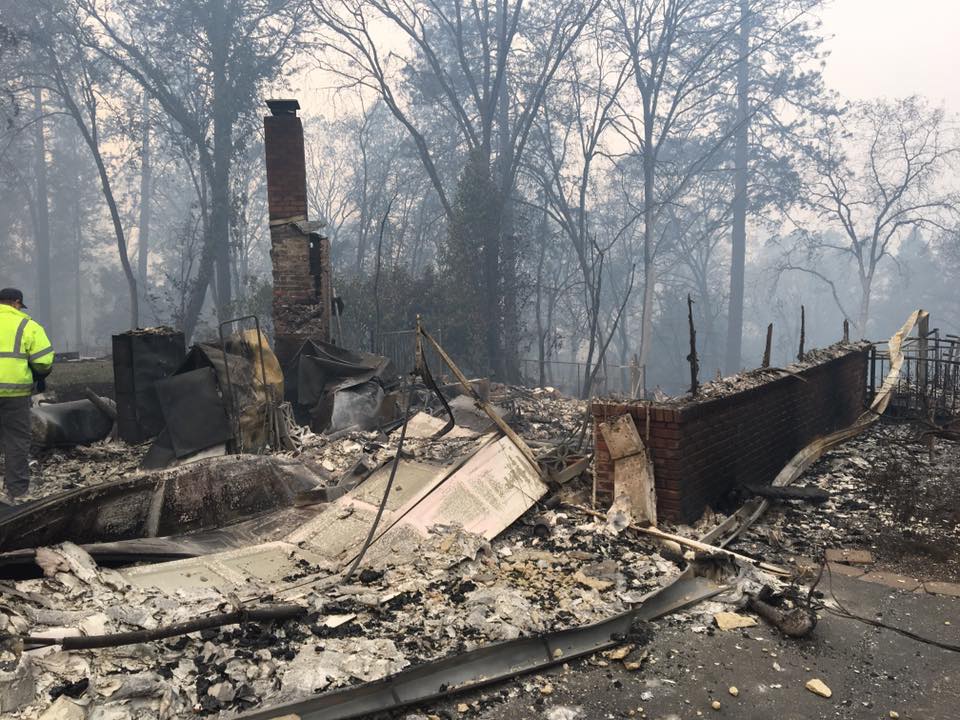


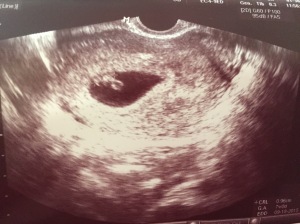
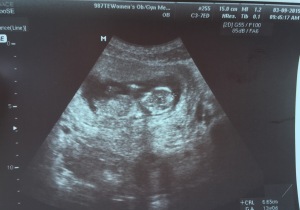


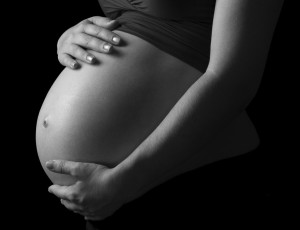



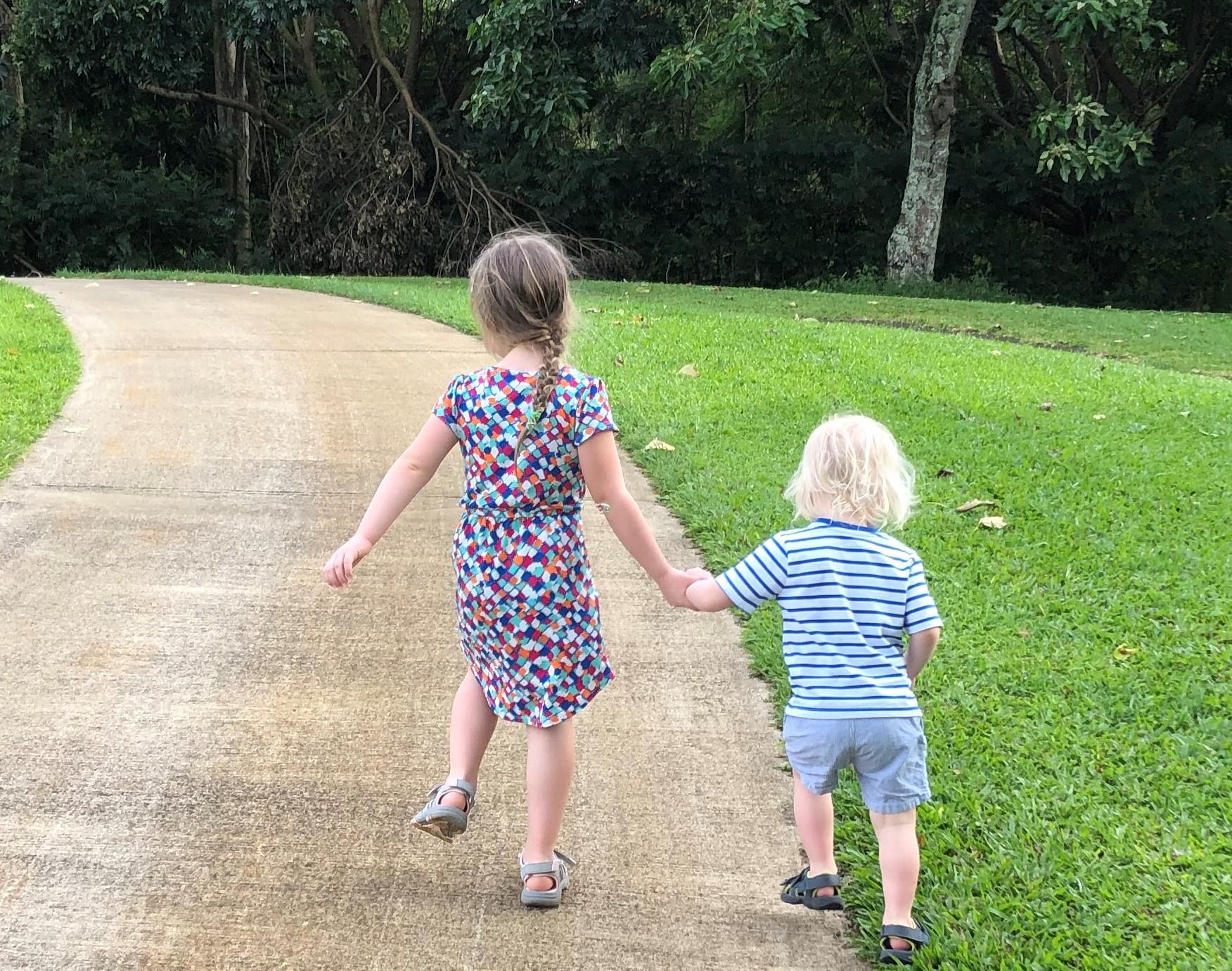
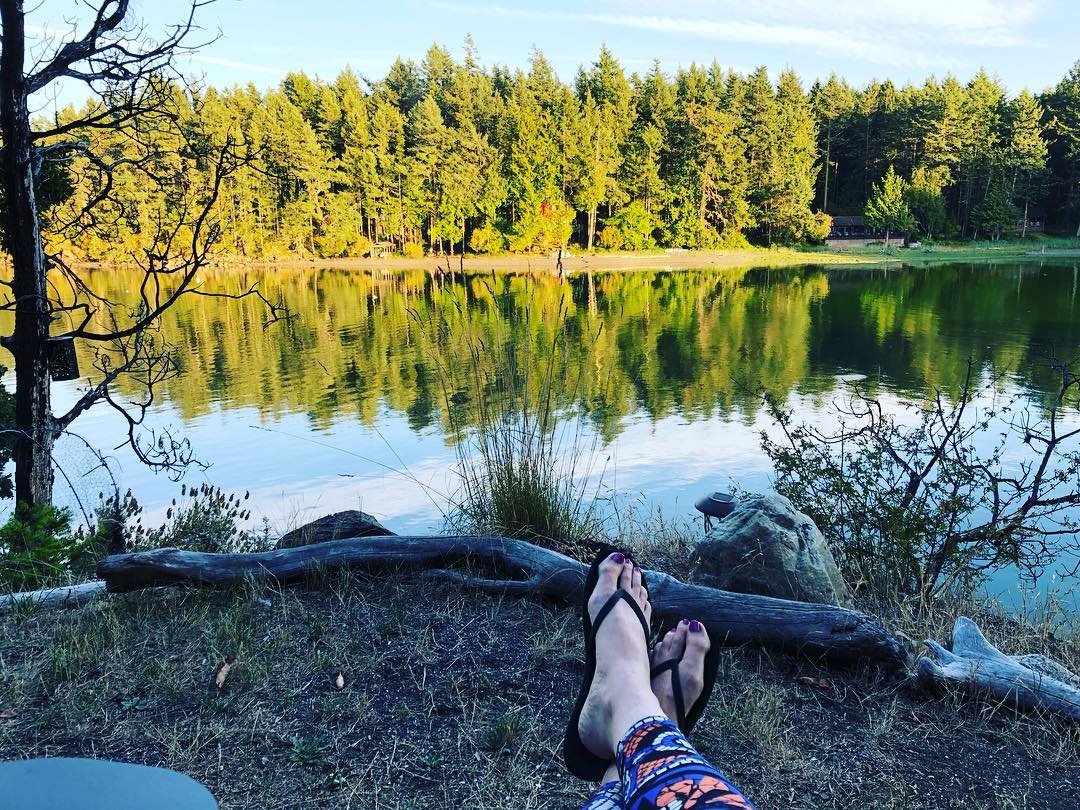 .
.